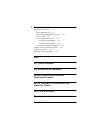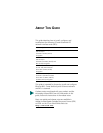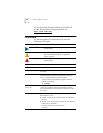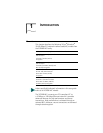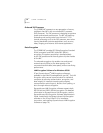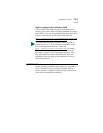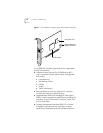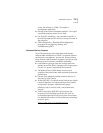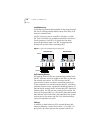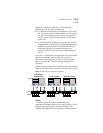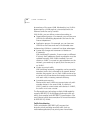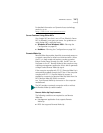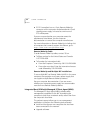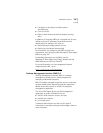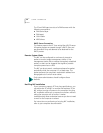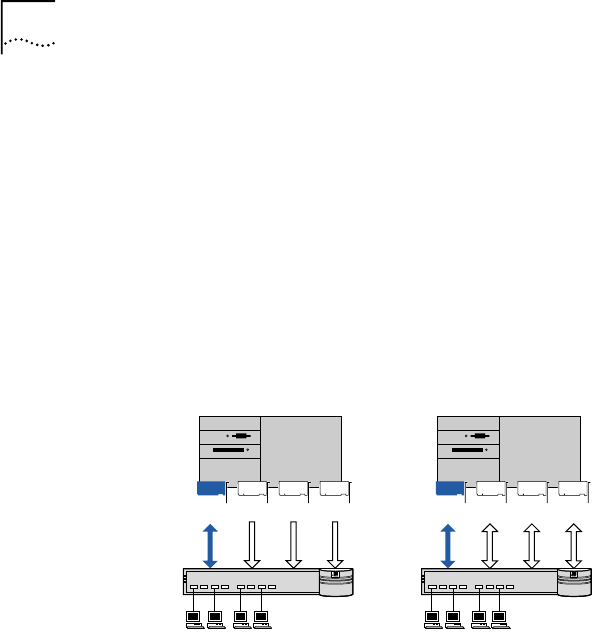
18 CHAPTER 1: INTRODUCTION
Load Balancing
Load balancing maximizes bandwidth at the server through
the use of multiple parallel resilient server links (RSLs) that
share the network load.
An RSL consists of two or more NICs that form a virtual
NIC. Each virtual NIC has multiple physical NICs bound to it,
forming a group. Each NIC in a group uses the same
protocols and frame types. One NIC is designated the
primary NIC and the others secondary NICs.
Figure 2 Types of Load Balancing Arrangements
Self-Healing Drivers
Self-healing drivers (SHDs) are automatically installed with
the NIC software, and work together with RSLs to maintain
the network connection. An SHD monitors the NIC
continuously for error conditions and makes corrections.
These corrections can include resetting the NIC, rebuilding
software data structures, temporarily disabling features, or
transferring all network traffic to secondary NICs (termed a
failover event). An SHD can also continuously monitor the
status of the physical NICs in a virtual NIC group before and
after failover. Errors and actions are reported to the system
console and to the system log file. Error threshold values
can be configured at any time.
Failover
In addition to load balancing, RSLs provide failover fault
tolerance between a server and a switch—if one NIC in a
group fails, the others assume the network load of the
® ®
Clients
Bidirectional
Server
Primary
Secondaries
Transmit-only
Primary
Secondaries
Switch



